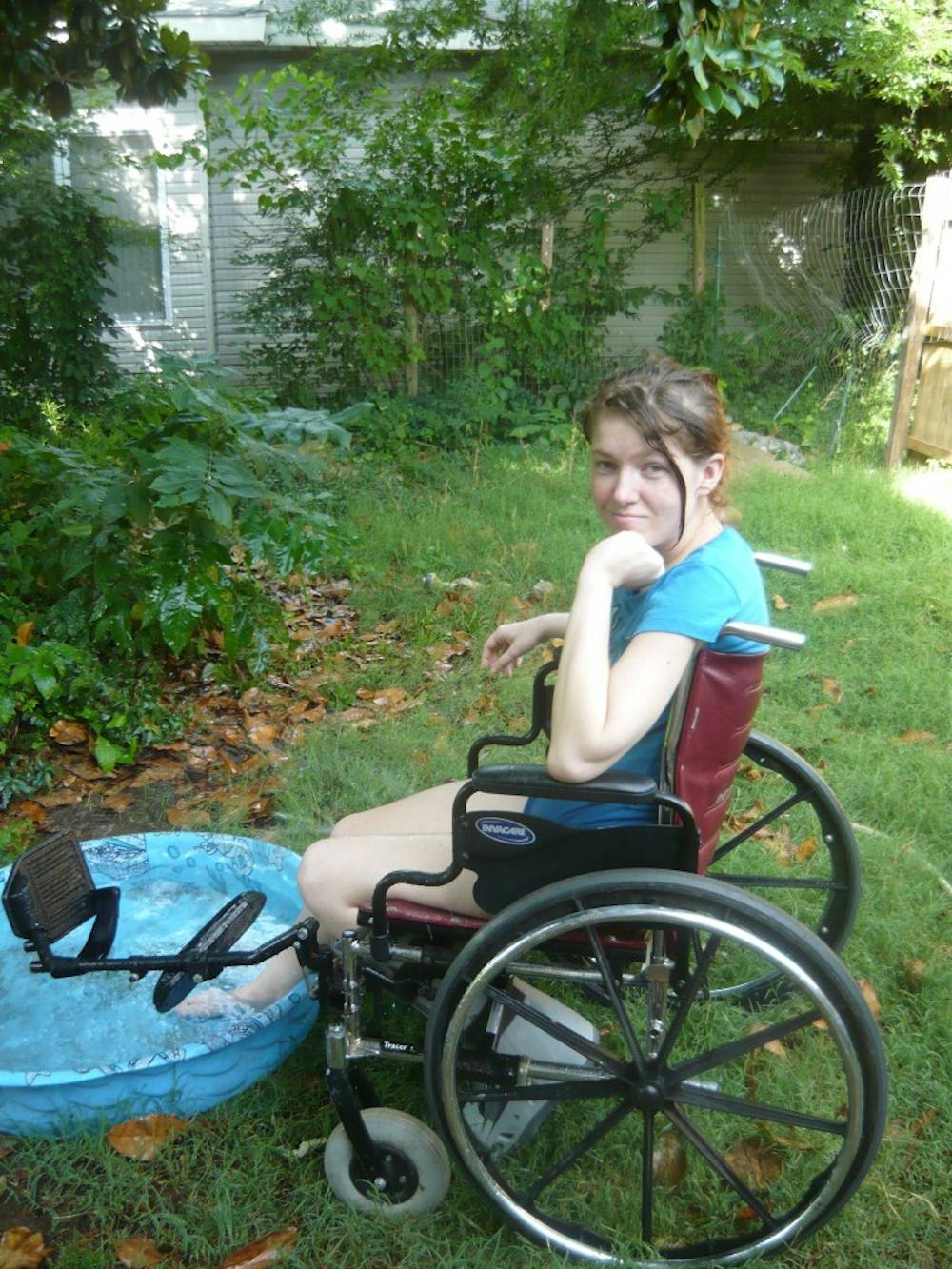By REGINA PALATINI Senior Staff Writer
Typically when doctors succeed in allowing paralyzed patients to walk again, the patients have to rely on manually controlled robotic limbs.
However, researchers at the University of California, Irvine (UCI) have recently found a different way to restore the ability to walk in a person who was paralyzed for five years due to a spinal cord injury. They were able to use direct brain control to allow the person’s legs to function well enough for him to walk again.
Walking is one of the seemingly simplest yet physiologically most complex activities that we call upon our bodies to perform every day. Vital to our daily activities, the process of walking requires an elaborate performance from our muscles, bones and nervous system.
When we walk, not only do our feet need to move across the ground, but our hips, spine, arms, shoulders and head all need to move in synchronization in order to maintain balance in the process. This involves the coordination of dozens of muscles to provide forward progression while maintaining the body’s balance and limiting its energy expenditure. During each walking step, the center of body mass shifts over the supporting leg like an inverted pendulum. In fact, human walking is sometimes described as a controlled falling.
Paraplegia is an impairment in motor or sensory function of the lower extremities. The amount of function lost tends to correspond to the level in the spinal cord where the damage takes place. Typically, mobility after paraplegia due to a spinal cord injury (SCI) is primarily achieved by substituting the lost function with a wheelchair. However, the sedentary lifestyle associated with excessive wheelchair reliance can lead to medical issues such as osteoporosis, heart disease, respiratory illnesses and pressure ulcers. The restoration of walking after SCI, therefore, remains a clinical need.
The researchers of this study developed a system that takes electrical signals from the patient’s brain and transmits them to electrodes placed around his knees to stimulate the muscles and to create movement. The patient was able to walk along a 3.66 meter course using this new electroencephalogram (EEG)-based system.
“Even after years of paralysis the brain can still generate robust brain waves that can be harnessed to enable basic walking,” An Do, one of the researchers involved with the study, said in a press release. “We showed that you can restore intuitive, brain-controlled walking after a complete spinal cord injury. This noninvasive system for leg muscle stimulation is a promising method and is an advance of our current brain-controlled systems that use virtual reality or a robotic exoskeleton.”
The participant regained his ability to walk by following a multi-step process. First, he underwent mental training. While sitting and having his brainwaves monitored by an EEG device, he was trained to control a representation of his legs in a virtual reality environment. To recondition and strengthen his leg muscles, he also underwent aggressive physical therapy.
His first incidence of actual walking occurred while he was suspended slightly above the ground, which allowed him to freely move his legs without the need to support his body weight.
Zoran Nenadic, the senior lead researcher in this study, was optimistic about the implications of its findings.
“Once we’ve confirmed the usability of this noninvasive system, we can look into invasive means, such as brain implants,”
Nenadic said in the press release. ”We hope that an implant could achieve an even greater level of prosthesis control because brain waves are recorded with higher quality. In addition, such an implant could deliver sensation back to the brain, enabling the user to feel their legs.”





